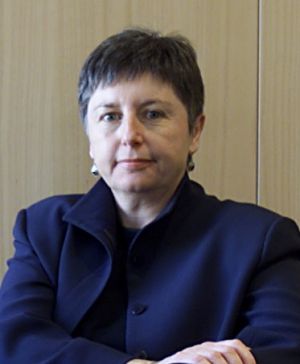
Poor doctors will be rooted out and “remediated” under a proposal by the health regulator to improve the competence of medical practitioners.
An expert report to the Medical Board of Australia recommends strengthening the continued professional education of all doctors and better screening of those who may be at risk of poor performance.
International research indicates 6 per cent of medical practitioners are underperforming at any one time, and this would translate to 6600 Australian doctors.
Board chair Joanna Flynn said in general, doctors working in the public health system were well managed, but those working in private practice or the community had less oversight.
“Many, many doctors are practising well into older age but some of them, for a range of reasons, are slipping down,” Dr Flynn said.
“This is about trying to identify people who may be starting to deteriorate in performance before they get to the point where they’re the subject of a complaint or there’s a bad patient outcome.
“In general, the community in Australia has a high level of trust in doctors and this is about making sure that trust is well founded.”
The board is now consulting with the profession on how better screening and continued education can be done without introducing a new expense or vastly increasing the workload of doctors.

The aim of the screening would be to identify poor performers or those at risk of becoming poor performers, and support them to prevent adverse incidents from occurring.
However, the report acknowledged there was little information on how effective remediation programs are in improving doctor performance in the long term.

There is no mandatory checking system of doctors after they enter the workforce in Australia, but “revalidation” programs are becoming common overseas to ensure doctors continue to practise safely into their old age.
Britain controversially introduced annual “fit to practice” checks in 2012, which the profession has decried as excessively bureaucratic and have been blamed for causing an exodus of doctors abroad.
Australian Medical Association president Michael Gannon said the medical profession welcomed the board’s “modest approach” to the issue.
“I don’t think there’s a great deal of evidence that the professional development system is broken,” Dr Gannon said.
“The last thing the Australian healthcare system needs is to introduce layers of bureaucracy that don’t actually improve the patient journey or make it safer. Australia has an extremely high standard of healthcare.”
There are 110,000 registered doctors in Australia and about 4 per cent of them have notifications against their registration, which means a complaint against them has been substantiated by the medical board.
The main risk factors for doctors who are at risk of poor performance include being older than 35, male gender, the number of previous complaints and the time since the last complaint.
The report said it was important to define who was responsible for reporting poorly performing practitioners to the regulator, what type of behaviour met the threshold and who was responsible for supporting underperformers who did not meet that threshold.
It also wanted to explore how information could be better shared among agencies.
Dr Flynn said at present, complaints about a doctor might be held by, respectively, their hospital of employment, Medicare, their colleges and the regulator but none of those agencies could share their information because of legislative or privacy requirements.
